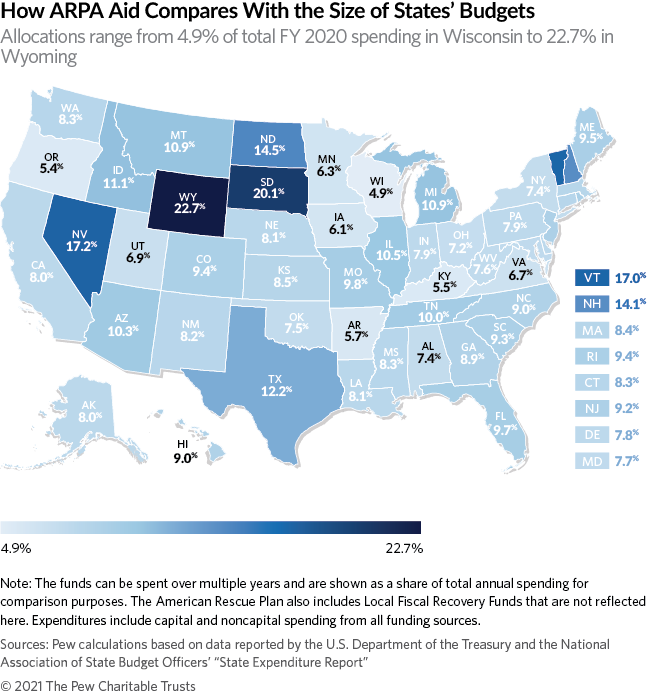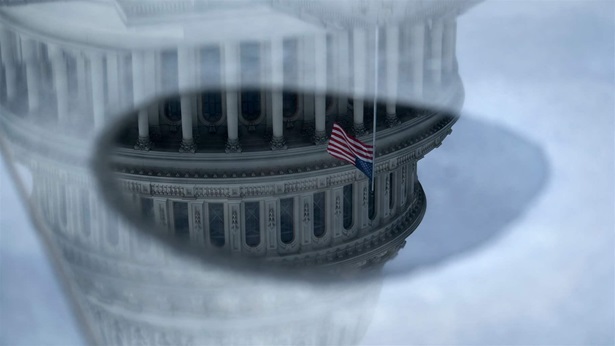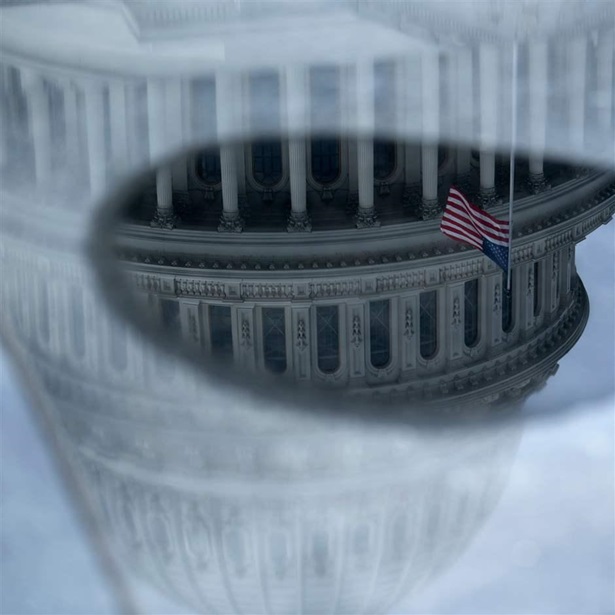How Far American Rescue Plan Dollars Will Stretch Varies by State
Total aid ranges from about 5% to more than 20% of annual spending
State governments are beginning to receive the first allocations from $193.5 billion in American Rescue Plan Act (ARPA) funds, which they can deploy for a wide range of uses as they contend with fallout from the COVID-19 pandemic.
For states such as South Dakota and Wyoming, the federal aid represents a huge boost for their budgets—about one-fifth of what they spent in fiscal year 2020. In states where the aid equates to a low of about 5% of state spending, such as Oregon and Wisconsin, the infusion of federal cash is still significant, enough to offset most pandemic-driven general fund revenue declines so far. Plus, the money positions some states to make investments with large price tags, such as broadband, water system, and sewer upgrades, or to address issues such as depleted unemployment insurance accounts.
The amount of ARPA dollars that states will receive varies based on the number of unemployed workers in late 2020. States experienced different levels of joblessness as a result of the pandemic, and some bounced back faster than others. In addition, the program allocates each state a separate $500 million, which will have a much more significant impact in those with smaller populations and less annual spending.
When calculated as a share of state budgets, the magnitude of the federal aid package’s potential becomes clearer. ARPA provides critical breathing room that was rare in the slimmed-down budgets that lingered after the Great Recession, which started at the end of 2007. For states that entered the pandemic-driven downturn with robust reserves or otherwise escaped significant budget squeezes, the aid offers even more: an unexpected one-time investment opportunity.
The Treasury Department issued guidance in early May detailing how much each state would receive from ARPA’s Coronavirus State and Local Fiscal Recovery Funds and how governments can spend the funding. Eligible uses range from replacing lost revenue to preventing government program cuts to making major new investments in broadband and water and sewer infrastructure.
States have until the end of 2024 to obligate the funds; some have already allocated substantial shares or are debating proposals to do so. Others are establishing task forces or other mechanisms to guide spending decisions across multiple years. Decisions about the timing of specific allocations will determine the actual share of state spending that comes from these funds each year.
ARPA’s allocation methodology favors states with economies that lagged in the recovery late last year, with the majority of dollars based on each state’s share of the nation’s unemployed workers from October through December. Then each state gets the additional $500 million, regardless of population.
That last segment provides a substantial boost to less populous states. Wyoming has the fewest people but is slated to receive nearly $1.1 billion, an amount equivalent to 22.7% of its total spending in fiscal 2020—the largest percentage of any state. Wyoming, which has incurred major reductions in revenue, approved another round of budget cuts in April that eliminated 324 state employee positions.
Meanwhile, South Dakota will receive the second-largest infusion of federal funds relative to its spending—20.1% of last year’s expenditures—while facing little of the budget pressure seen in Wyoming, which sustained sharp reductions in severance taxes on the extraction of natural resources. The fifth-least populous state, South Dakota has had some of the strongest year-over-year tax revenue growth since the start of the pandemic, and its unemployment rate was tied for the lowest nationally as of April. North Dakota and Vermont, also among the five states with the smallest populations, similarly were among those receiving the most dollars relative to the size of their recent budgets.
Though more populous, Nevada with its high unemployment received the third-largest allocation as a share of state spending at 17.2%. State policymakers are expected to convene a special session this summer to consider how to deploy $2.7 billion in funding. Nevada’s reliance on the hard-hit tourism and hospitality industry led to sharp revenue losses and deep budget cuts last summer. The state continues to experience some of the nation’s highest levels of unemployment, but its fiscal outlook has improved recently.
Because ARPA’s funding does not take revenue losses into account, states receiving the most aid as a share of spending aren’t necessarily those facing the most fiscal distress. Alaska and Hawaii, for instance, had projected some of the sharpest declines in revenue of any state over this and last fiscal year, but their aid nearly matches the national rate of 8.5% of total fiscal 2020 spending, in part because they had the two highest spending totals per capita.
In Hawaii, which continues to experience the highest unemployment levels, lawmakers earmarked nearly half of the state’s allocation to repay loans from the federal government that had helped cover unemployment benefits. Alaska lawmakers are negotiating the fiscal 2022 state budget after abandoning initial plans for spending ARPA funds after the Treasury Department issued new guidelines last month.
For 37 states, ARPA aid is equivalent to between 5% and 10% of total spending last fiscal year, including capital expenditures and spending from federal funds and bonds. Oregon and Wisconsin will receive the smallest amount relative to their budgets, each about 5% of last year’s expenditures, but still sizable at approximately double what each annually spends on corrections, for example.
Some states with elevated unemployment rates are receiving their entire ARPA allocation as requests are certified. A majority, though, are receiving two tranches of funding: an initial allocation, and another a year later. ARPA also provides a separate $130 billion to cities, counties, and other local governments—aid that will also benefit states generally but will not flow to state government coffers.
ARPA represents the single largest state government aid package since the pandemic began and is the latest in a series of laws providing unprecedented federal emergency support to states. In addition to the $193.5 billion in flexible aid, ARPA provides states with separate funding for targeted uses, such as COVID-19 vaccine distribution, safe operation of schools, and substance abuse programs.
The Coronavirus Aid, Relief, and Economic Security (CARES) Act enacted in 2020 shortly after the pandemic began allocated $150 billion to help state, local, and tribal governments pay for costs related to the public health emergency. The federal government also started covering a higher share of states’ Medicaid costs temporarily under the Families First Coronavirus Response Act and is expected to continue to do so through at least early next year. Additional federal funding has targeted local schools, higher education, transit systems, and other areas of states’ budgets.
Barb Rosewicz is a project director, Mike Maciag is an officer, and Melissa Maynard is a senior officer with The Pew Charitable Trusts’ state fiscal health initiative.









